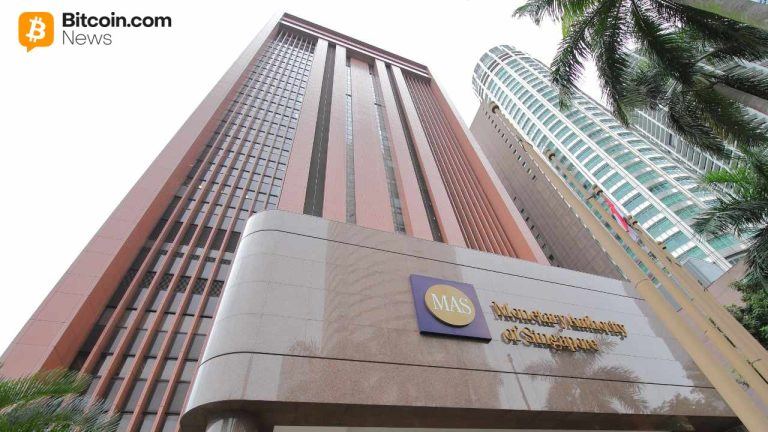San Diego becomes first CCD in California to tap tender
5 min read

The bankers on a $167.9 million refunding say San Diego Community College District became the first community college in California to tender general obligation bonds in a deal that converted taxable debt into tax-exempt for savings.
RBC managing directors Karma Pemba and Katherine Jacobson priced the debt for the community college on Feb. 8, achieving net present value savings of $22 million on a deal that was 5.7 times oversubscribed.
San Diego CCD is one of the largest of the state’s 73 community college districts, with roughly 80,000 students enrolled at its three community colleges and seven campuses of San Diego College of Continuing Education.
San Diego Community College District
The trend of executing a tender offer to advance refund existing debt started in
RBC was the sole dealer manager on the tender offer and sole underwriter on the refunding. Joanna Bowes, a managing director at KNN Public Finance, was the municipal advisor. Norton Rose Fulbright was bond and disclosure counsel.
“This is a notable deal as it was the first community college district in California to successfully tender general obligation bonds,” Jacobson said.
While bond tender offerings are common among corporate bond issuers, it hasn’t been as prevalent in the municipal bond market, but current market dynamics are providing opportunities for issuers to use the financing mechanism, said Pemba, who was the lead banker on the deal.
The widening ratio between taxable bonds and tax-exempt has presented an opportunity for issuers to convert debt back into tax-exempt and realize savings. Tax-exempt bonds can be used to take out taxable debt when the original bonds being refunded were tax-exempt.
“When the ratios between taxable and tax-exempt bonds were tighter, the benefit of a tender was not as prominent,” Pemba said. “There have always been one-off deals, here and there, where issuers did tenders for restructuring, but not as commonly as refinancings for savings.”
Most education debt is repaid by taxpayers, so educational refundings tend to be for taxpayer savings, plus there are more regulations governing GOs, Jacobson said, explaining why school districts, including community colleges, haven’t often tendered GOs. For instance, the deal has to realize savings and the maturities can’t be extended.
“The opportunities for restructuring GOs are fewer,” she said.
Bowes said tenders are rare, because you need a certain volume of bonds to make it cost effective.
The cost of setting up a tender means there needs to be a certain bond mass, and though San Diego CCD had only two authorizations, they had many series of bonds, Bowes said. “Not everyone has elections involving $600 million to $800 million for bond authorizations,” she said.
San Diego Unified School District did two tenders in December and has another coming in the spring. SDCCD and the Los Angeles Community College District are probably the only community college districts with bond programs large enough, or who have enough investors, to do tenders, Bowes said. She added that LACCD and Los Angeles Unified School District are exploring tenders.

RBC
Current growth in bond tender offers combined with refundings can be attributed to the burst of issuers who executed taxable refundings between 2019 and 2022, combined with widening spreads between taxable and tax-exempt debt, according to the bankers.
During that time frame, San Diego CCD executed two sizable taxable refundings, pricing one for $2.3 billion on Sept. 18, 2019, and another for $1.7 billion on Dec. 8, 2021.
“As a responsible steward of taxpayer funds, we proactively look for ways to maximize the bonds and look for savings,” said San Diego Community College District Chancellor Gregory Smith.
The tender achieved a 30% participation, enabling the community college to buy back $228 million in par amount of the $770 million targeted, according to RBC. The $167.9 million refunding was oversubscribed by 5.7 times producing $985 million in investor orders from more than 50 investors.
“The unique market conditions allowed us to generate savings, and convert taxable bonds back to tax-exempt, years before we would have been able to do so, and to effectively lower the debt service,” said Nancy Lane, San Diego CCD’s vice chancellor of finance and business services.
“We were very pleased,” Lane said. “The strong participation rate in the tender demonstrated the value to investors, and the savings provides a direct return on the value to taxpayers.”
Lower coupon bonds lost a lot of value over the past two years, partially due to de minimis rules.
It was a market play, the bonds the community college district purchased from investors had lower coupons that lost some value, Bowes said. “If I was an investor, I would want to get rid of 2% coupons to buy 5% coupons.”
Buyers for the San Diego CCD sale included bond funds, separately-managed accounts, and a few hedge funds, but not as many mom-and-pop retail investors, Pemba said.
Moody’s Investors Service downgraded San Diego CCD to Aa1 from Aaa in July and revised the outlook to stable from negative. It cited concerns over its below-average reserve levels, but also highlighted the district’s large and diverse tax base, strong property wealth, favorable resident income and a sound financial position with predictable labor costs in assigning a double-A-level rating. It assigned an Aa1 rating and stable outlook in January to the refunding, and affirmed the rating on existing debt, expected to total $1.3 billion in general obligation limited tax bonds after the refunding.
S&P Global Ratings affirmed its AAA rating and stable outlook on the district’s bonds in January and assigned a AAA to the recently refunding bonds. It also raised the long-term rating on the district’s series 2019B GO federally taxable crossover refunding bonds to AAA from AA-plus, because the “bonds are now secured by a GO pledge of all taxable property within the district following the crossover date of Aug. 1, 2023,” said S&P Global Ratings credit analyst Avani Parikh.
The community college’s leadership is working on a bond measure for the November ballot that could be as high as $3.5 billion, although Lane said the amount has yet to be determined. The district’s bond authorization has been depleted.
“Our last bond measure was 18 years ago, and all the previously authorized bonds have been issued,” Lane said.
The new bond authority would provide funding to for new buildings and to refurbish older facilities, some of which are more than 40 years old, for health and safety and to meet innovations in teaching and learning, Lane said.







